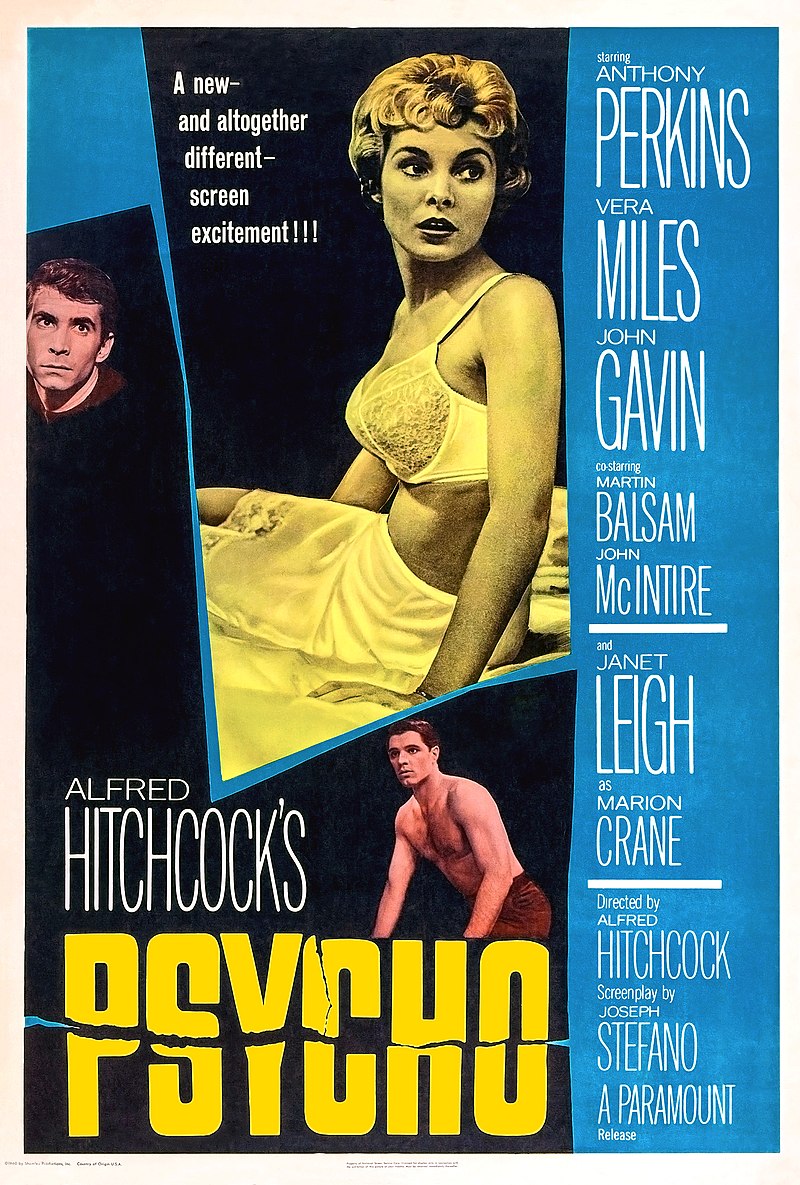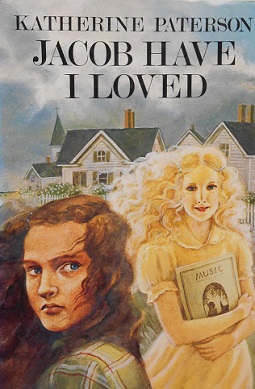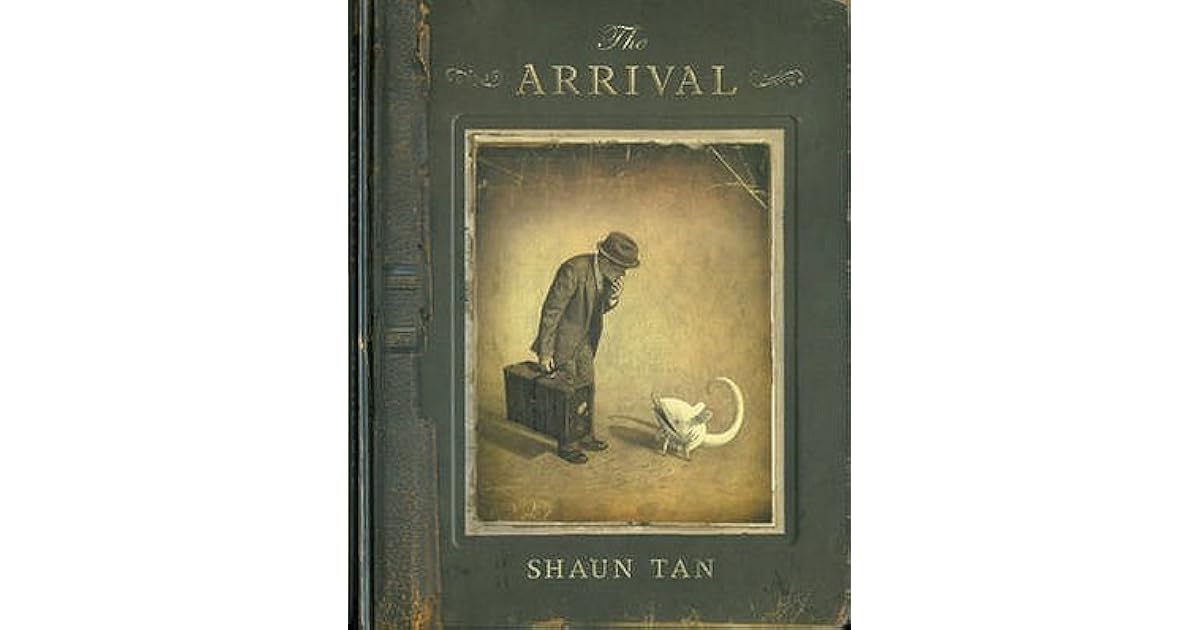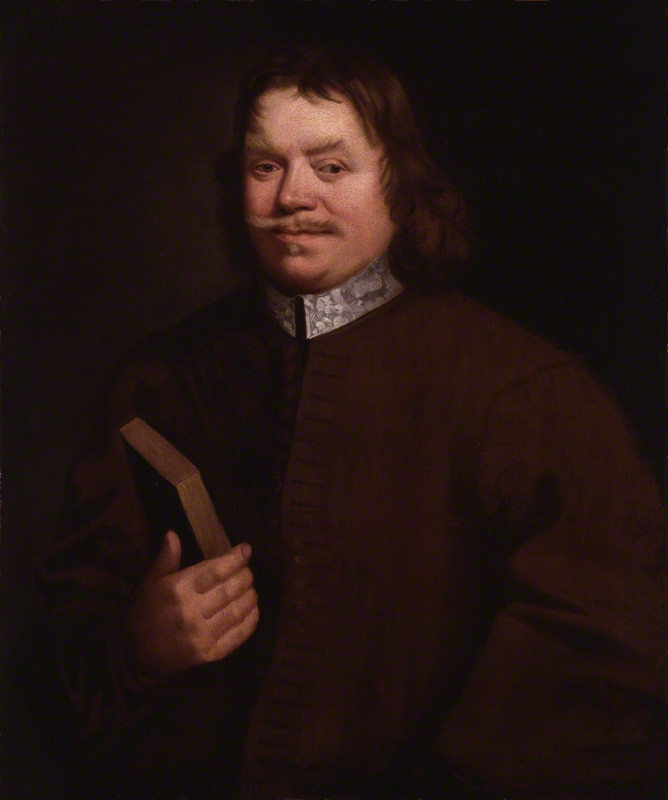Haruki Murakami Quiz Questions
1. What is Haruki Murakami’s nationality?
(a) Japanese
(b) American
(c) British
(d) French
2. In which city does Haruki Murakami live?
(a) Tokyo
(b) Osaka
(c) Kyoto
(d) Sapporo
3. In “The Elephant Vanishes,” what is the significance of the disappearing elephants?
(a) They represent the fragility of reality.
(b) They symbolize the protagonist’s loneliness.
(c) They are a supernatural phenomenon.
(d) They have no particular significance.
4. What is the significance of the number 154 in Murakami’s works?
(a) It’s the author’s lucky number
(b) It represents a turning point in many of his characters’ lives
(c) It’s a reference to a historical event
(d) It has no particular significance
5. In “The Wind-Up Bird Chronicle”, what is the name of the mysterious well that the protagonist encounters?
(a) Dry Well
(b) Moon Well
(c) Wind Well
(d) Bird Well
6. What is the name of the protagonist in “Colorless Tsukuru Tazaki and His Years of Pilgrimage”?
(a) Tsukuru Tazaki
(b) Haruki Murakami
(c) Colorless
(d) Tazaki
7. What is the main theme of Murakami’s novel “1Q84”?
(a) Dystopian future
(b) Love and loss
(c) Existentialism
(d) All of the above
8. In “Wild Sheep Chase”, what is the protagonist searching for?
(a) A lost sheep
(b) A sheep with a mysterious symbol
(c) A hidden treasure
(d) A lost love
9. What is the name of the protagonist in “The Elephant Vanishes”?
(a) The Elephant
(b) The Vanisher
(c) The Narrator
(d) The Protagonist
10. What is the setting of Murakami’s novel “The Beautiful and the Damned”?
(a) New York
(b) Osaka
(c) Kyoto
(d) Sapporo
11. In “Norwegian Wood”, what is the name of the narrator’s first love?
(a) Naoko
(b) Midori
(c) Hatsumi
(d) Reiko
12. In “Kafka on the Shore”, what is the name of the mysterious library where the protagonist works?
(a) The Komura Memorial library
(b) The Library of Dreams
(c) The Library of the World
(d) The Library of Silence
13. What is the name of the protagonist in “The Second Bakery Attack”?
(a) The Baker
(b) The Attacker
(c) The Nat
(d) The Protagonist
14. What is the underlying message of many of Murakami’s novels?
(a) The pursuit of happiness
(b) The meaning of life
(c) The importance of love
(d) The inevitability of death
15. In “Kafka on the Shore”, what is the name of the mysterious old man who can talk to cats?
(a) Nakata
(b) Kafka
(c) Hoshino
(d) Nyanko
16. What is the main theme of Murakami’s novel “Sputnik Sweetheart”?
(a) Love and loss
(b) Existentialism
(c) Dystopian future
(d) All of the above
17. In “The Elephant Vanishes”, what is the name of the mysterious woman who disappears?
(a) Elephant
(b) Unnamed
(c) Narrator
(d) Protagonist
18. What is the setting of Murakami’s novel “Colorless Tsukuru Tazaki and His Years of Pilgrimage”?
(a) Tokyo
(b) Osaka
(c) Kyoto
(d) Sapporo
19. In “Norwegian Wood”, what is the name of the narrator’s best friend?
(a) Naoko
(b) Kizuki
(c) Hatsumi
(d) Reiko
20. In “Norwegian Wood,” what is the name of the character who represents the “Norwegian Wood” song?
(a) Toru Watanabe
(b) Midori
(c) Reiko
(d) Hatsumi
21. In “Norwegian Wood,” what is the name of the protagonist’s first love?
(a) Naoko
(b) Midori
(c) May Kasahara
(d) Reiko
22. What is the name of the jazz club frequented by the protagonist in “Norwegian Wood”?
(a) The Blue Note
(b) The Village Vanguard
(c) The Cotton Club
(d) The Dug
23. In what year did Haruki Murakami publish his debut novel, “Hear the Wind Sing”?
(a) 1979
(b) 1982
(c) 1985
(d) 1987
24. Murakami is often compared to which Western author?
(a) Ernest Hemingway
(b) Franz Kafka
(c) Gabriel García Márquez
(d) Vladimir Nabokov
25. Which of the following is NOT a recurring theme in Murakami’s works?
(a) Existentialism
(b) Magical realism
(c) Historical fiction
(d) Isolation and loneliness
Haruki Murakami Quiz Questions with Answers
1. What is Haruki Murakami’s nationality?
(a) Japanese
2. In which city does Haruki Murakami live?
(a) Tokyo
3. In “The Elephant Vanishes,” what is the significance of the disappearing elephants?
(a) They represent the fragility of reality.
4. What is the significance of the number 154 in Murakami’s works?
(d) It has no particular significance
5. In “The Wind-Up Bird Chronicle”, what is the name of the mysterious well that the protagonist encounters?
(a) Dry Well
6. What is the name of the protagonist in “Colorless Tsukuru Tazaki and His Years of Pilgrimage”?
(a) Tsukuru Tazaki
7. What is the main theme of Murakami’s novel “1Q84”?
(d) All of the above
8. In “Wild Sheep Chase”, what is the protagonist searching for?
(b) A sheep with a mysterious symbol
9. What is the name of the protagonist in “The Elephant Vanishes”?
(c) The Narrator
10. What is the setting of Murakami’s novel “The Beautiful and the Damned”?
(a) New York
11. In “Norwegian Wood”, what is the name of the narrator’s first love?
(a) Naoko
12. In “Kafka on the Shore”, what is the name of the mysterious library where the protagonist works?
(a) The Komura Memorial library
13. What is the name of the protagonist in “The Second Bakery Attack”?
(c) The Nat
14. What is the underlying message of many of Murakami’s novels?
(b) The meaning of life
15. In “Kafka on the Shore”, what is the name of the mysterious old man who can talk to cats?
(a) Nakata
16. What is the main theme of Murakami’s novel “Sputnik Sweetheart”?
(a) Love and loss
17. In “The Elephant Vanishes”, what is the name of the mysterious woman who disappears?
(b) Unnamed
18. What is the setting of Murakami’s novel “Colorless Tsukuru Tazaki and His Years of Pilgrimage”?
(b) Osaka
19. In “Norwegian Wood”, what is the name of the narrator’s best friend?
(b) Kizuki
20. In “Norwegian Wood,” what is the name of the character who represents the “Norwegian Wood” song?
(a) Toru Watanabe
21. In “Norwegian Wood,” what is the name of the protagonist’s first love?
(a) Naoko
22. What is the name of the jazz club frequented by the protagonist in “Norwegian Wood”?
(d) The Dug
23. In what year did Haruki Murakami publish his debut novel, “Hear the Wind Sing”?
(a) 1979
24. Murakami is often compared to which Western author?
(b) Franz Kafka
25. Which of the following is NOT a recurring theme in Murakami’s works?
(c) Historical fiction










